You’re probably already using HDMI or DisplayPort to connect your monitor, but did you know you can use its USB ports? The often-overlooked monitor USB ports can power your devices, reduce cable clutter, and even unlock features you might not know your monitor offers.
7
Charge Your Devices and Power Accessories
Just like the USB port on your laptop or desktop, the one on your monitor can supply power. That means you can use it to charge all kinds of gadgets, from wireless earbuds and smartwatches to fitness trackers and even small USB-powered fans.
It won’t fast-charge your phone or power bank, but for low-power devices or a quick top-up while you work, it gets the job done. If your monitor has both USB 2.0 and USB 3.0 ports, you’ll see different charging speeds—around 2.5 watts from USB 2.0 and up to 4.5 watts from USB 3.0. So if you have the option, make sure to plug higher-power accessories into the faster port.
Of course, you’re not limited to just charging. You can also power accessories like a desk lamp, LED light bar, or even a cooling pad directly from your monitor. If you don’t want to clutter your desk with a power strip or adapters, those extra USB ports on your monitor can be surprisingly handy.
6
Keyboard and Mouse
Unless you have a smart monitor that can function on its own, plugging a keyboard or mouse directly into your monitor’s USB port won’t do anything. However, once the monitor is connected to a computer, that’s a different story.
If your monitor includes a built-in USB hub (which many modern ones do), plugging your keyboard and mouse into your monitor can be a convenient solution. It’ll not only help you keep your desk clean but also save you from having to reach behind your desktop or stretch cables across to your laptop to connect your input devices.
Keep in mind that this won’t work with every monitor. USB ports on some monitors are only for firmware updates or basic power delivery. To actually use your monitor as a USB hub, it needs to support USB data passthrough. In other words, simply connecting it via HDMI or DisplayPort isn’t enough—those cables only carry video and audio, not data.
5
Turn Your Monitor Into a Full USB Hub
You probably plug all kinds of USB devices into your computer, like flash drives, hard drives, printers, and more. It’s the default, no-brainer move. But if your monitor has a built-in USB hub, it can handle those devices just as well.
Once you connect the monitor to your PC with a USB upstream cable (usually USB-B to USB-A or USB-C), the monitor’s USB ports function as an extension of your computer’s USB system, meaning you can plug in peripherals like a USB storage drive, your phone, or even a USB hub—all through your monitor. Your PC will recognize them just as if they were connected directly to one of its own USB ports.
This way, instead of having wires snaking out in every direction from your PC, you can plug everything neatly into your monitor. It’s especially convenient if your computer is tucked under a desk or if you’re using a laptop with limited ports.
4
Connect USB Speakers
If your monitor doesn’t have built-in speakers (and a surprising number still don’t), plugging in USB speakers is one of the easiest solutions. Most USB speakers use a single cable for both power and audio, so connecting them to your monitor’s USB port keeps things simple and cuts down on cable clutter.
This setup works for microphones too. If you’re using a USB mic for video calls, streaming, or in-game chat, plugging it into your monitor’s USB port is a convenient option.
A single monitor may not always be enough. If you’re editing videos, writing code, or juggling massive spreadsheets, a dual or even triple monitor setup can make a huge difference. The good news is that your monitor’s USB ports can help you expand your screen space without needing a complicated docking station or a bunch of extra cables.
This won’t work with the standard USB-A ports on your monitor, since they’re typically designed for peripherals like keyboards, mice, or flash drives and can’t transmit video. However, if your monitor has a USB-C port with DisplayPort Alternate Mode, Thunderbolt with Multi-Stream Transport (MST), or a DisplayPort that supports MST, you’re in luck.
These technologies let you connect multiple monitors through a method called “daisy chaining,” where each display links to the next using a single video output. For example, you can connect your laptop to a primary monitor using USB-C, then link a second monitor through the USB-C or DisplayPort on the first one.
This is especially handy for laptop users who want to set up multiple monitors but only have a single HDMI port. Of course, compatibility is a big factor here. Your laptop, both monitors, and even the cables you use need to support daisy-chaining and the appropriate video protocols.
2
Play Videos and Files Straight From a USB Drive
Before you get too excited, please note that this won’t work with just any monitor. Most standard monitors with USB ports can’t read flash drives directly. In most cases, those ports are only useful for firmware updates—you download the update file to the drive, plug it in, and use the monitor’s physical buttons to start the installation.
However, if you own a smart monitor, such as one from Samsung’s Smart Monitor series (which comes with its own operating system), you can use a USB flash drive to play media without needing a PC. Simply plug in a drive loaded with videos, music, photos, or even documents, then use the remote to navigate the built-in media player and browse your content directly on-screen.
This way, you’ll be able to play content directly from a USB drive, much like you would on a smart TV. File compatibility can vary depending on the monitor model, but most smart monitors support common formats like MP4, AVI, JPG, and PNG.
You can check the user manual or the manufacturer’s site for a full list, but chances are, your vacation photos and downloaded videos will work just fine.
1
Webcam for Easy Access & Cable Management
Unless you’re using a DSLR as a webcam, you probably keep your webcam plugged in all the time. But instead of connecting it directly to your computer tower, plugging it into your monitor’s USB hub can simplify everything.
This way, you’ll be able to keep a USB port free and won’t have messy cables hanging off your desk or tangled around your keyboard. And if you ever need to unplug your webcam—whether you’re traveling or switching devices—you can do it easily, without fumbling around in hard-to-reach places.
When most people think about a computer monitor, they only think of it as a screen—something that displays your work, your games, or your favorite shows. But its USB ports can be useful for everything from charging your gadgets to connecting peripherals you’d normally connect to your desktop or laptop.
The number and type of USB ports on your monitor can vary by model, but chances are, you’ll find a way to put them to good use. So, next time you’re about to plug something into the back of your tower or the side of your laptop, don’t forget about your monitor—you might find it can handle the job just as well, and with less hassle.


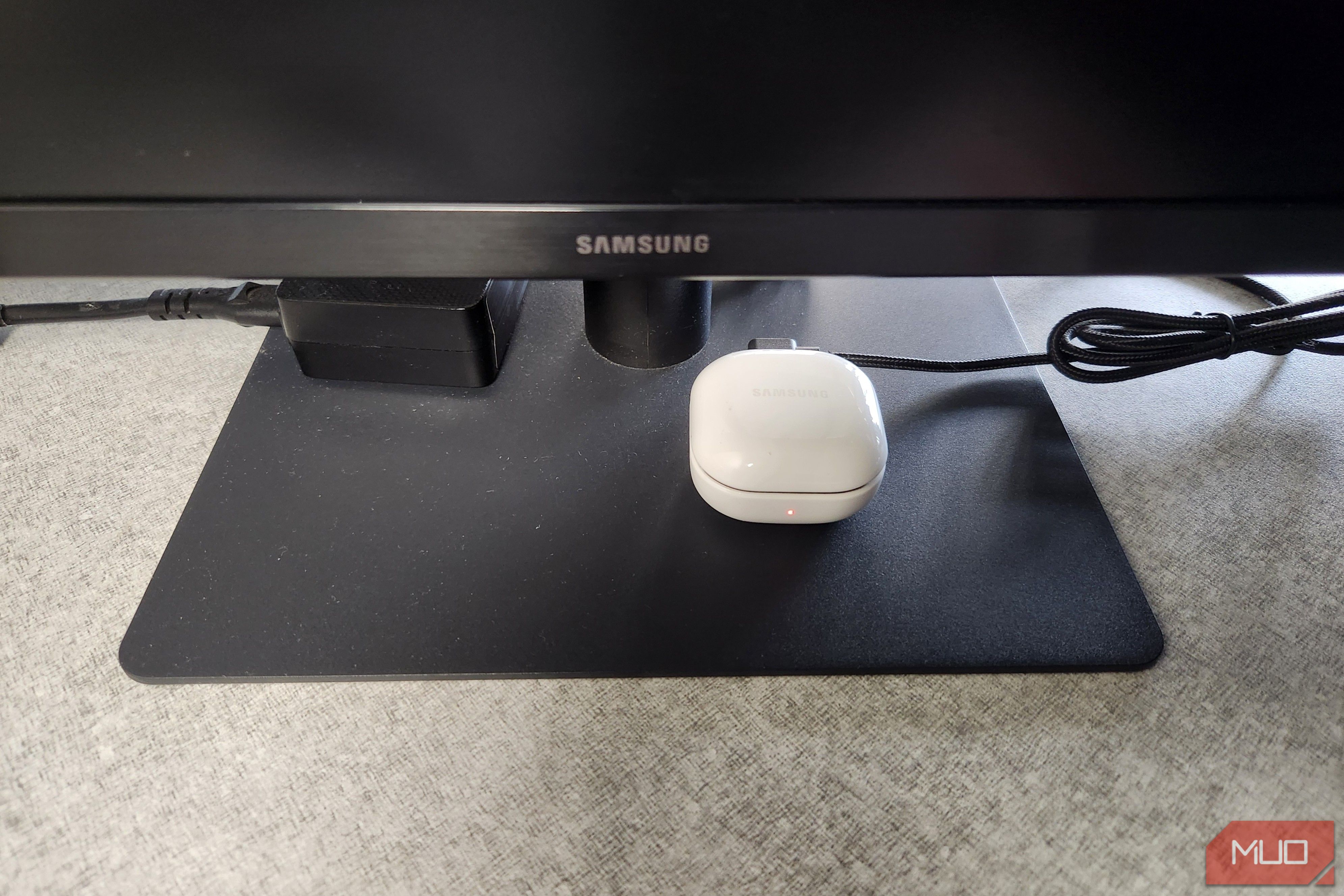
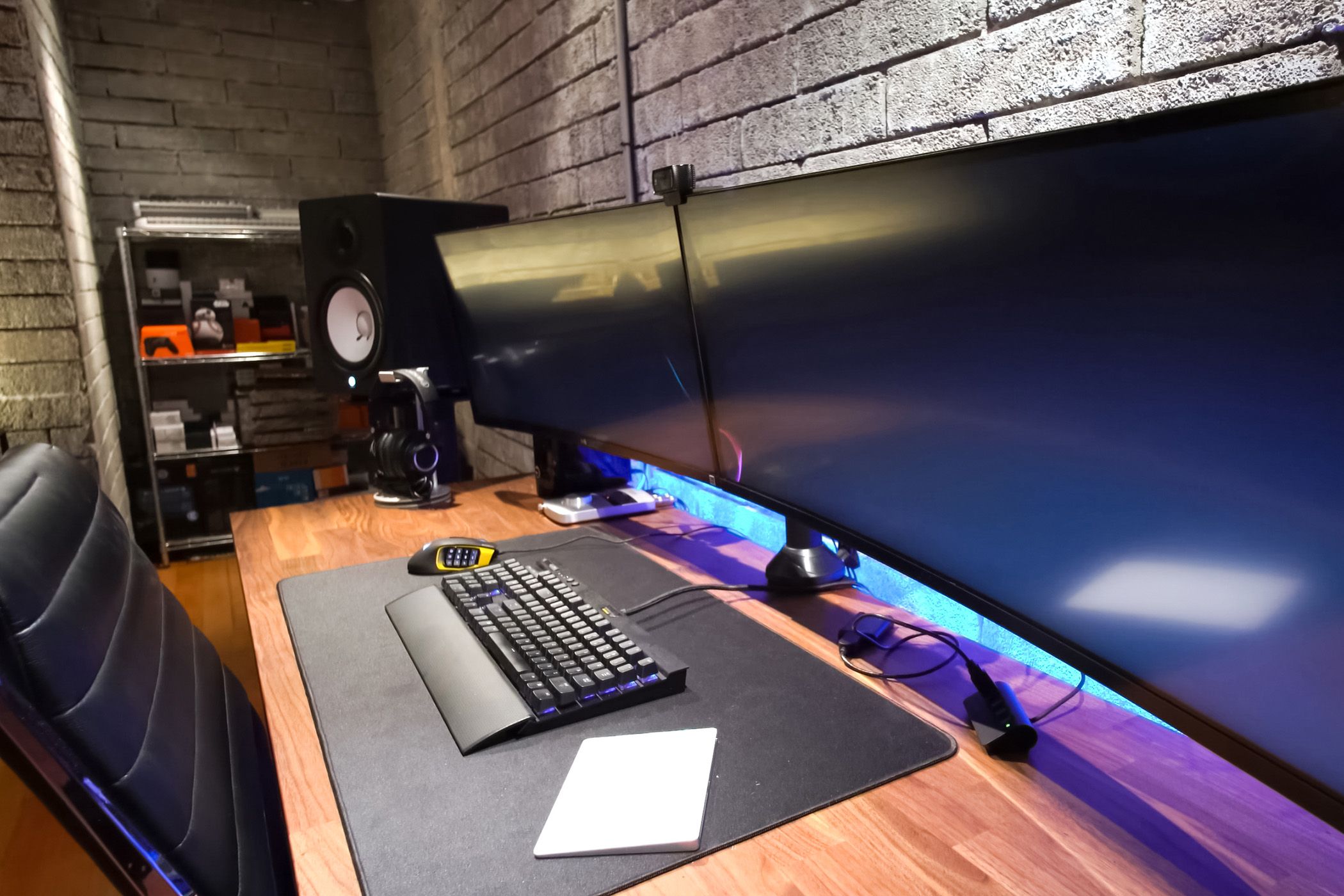
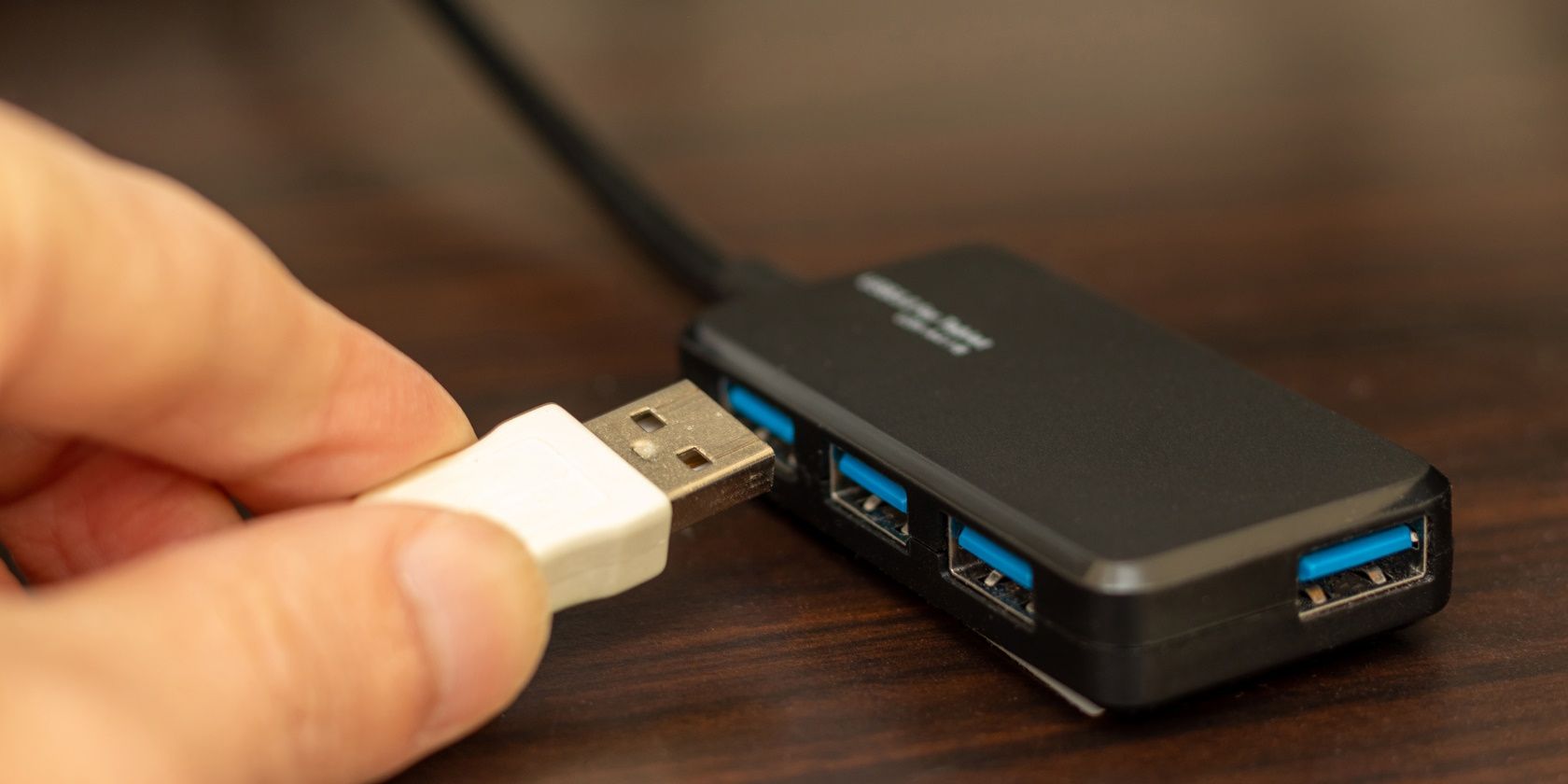
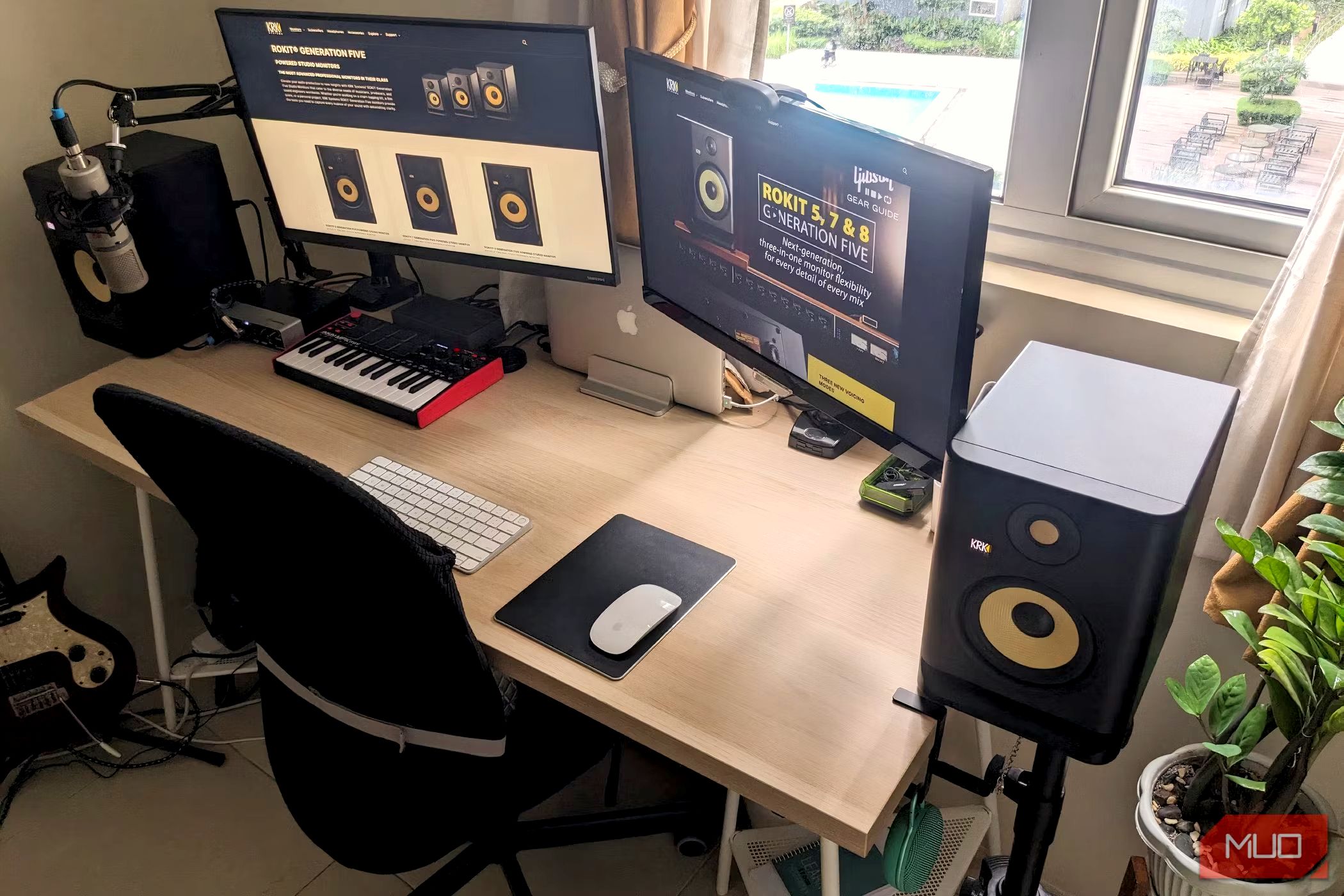
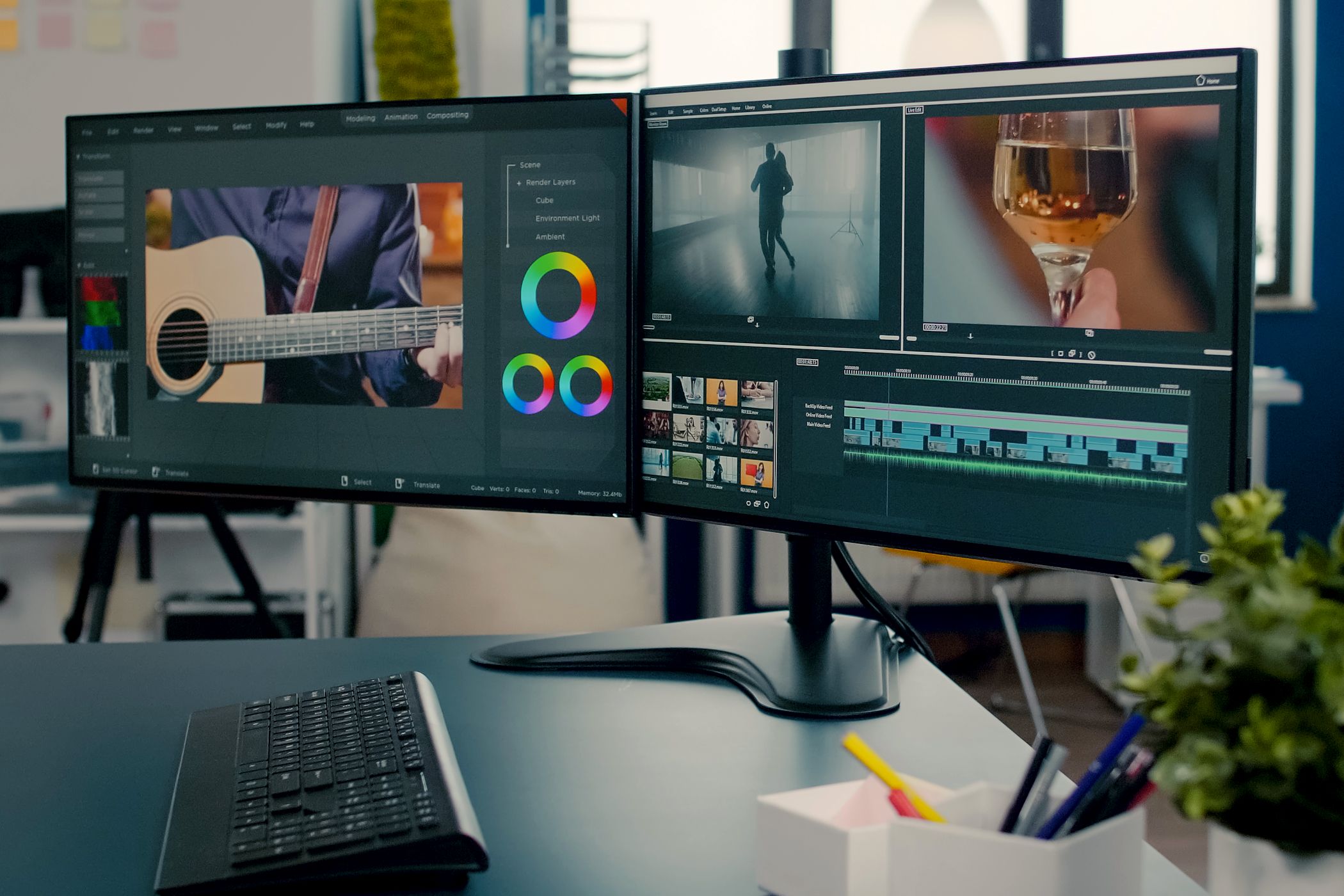
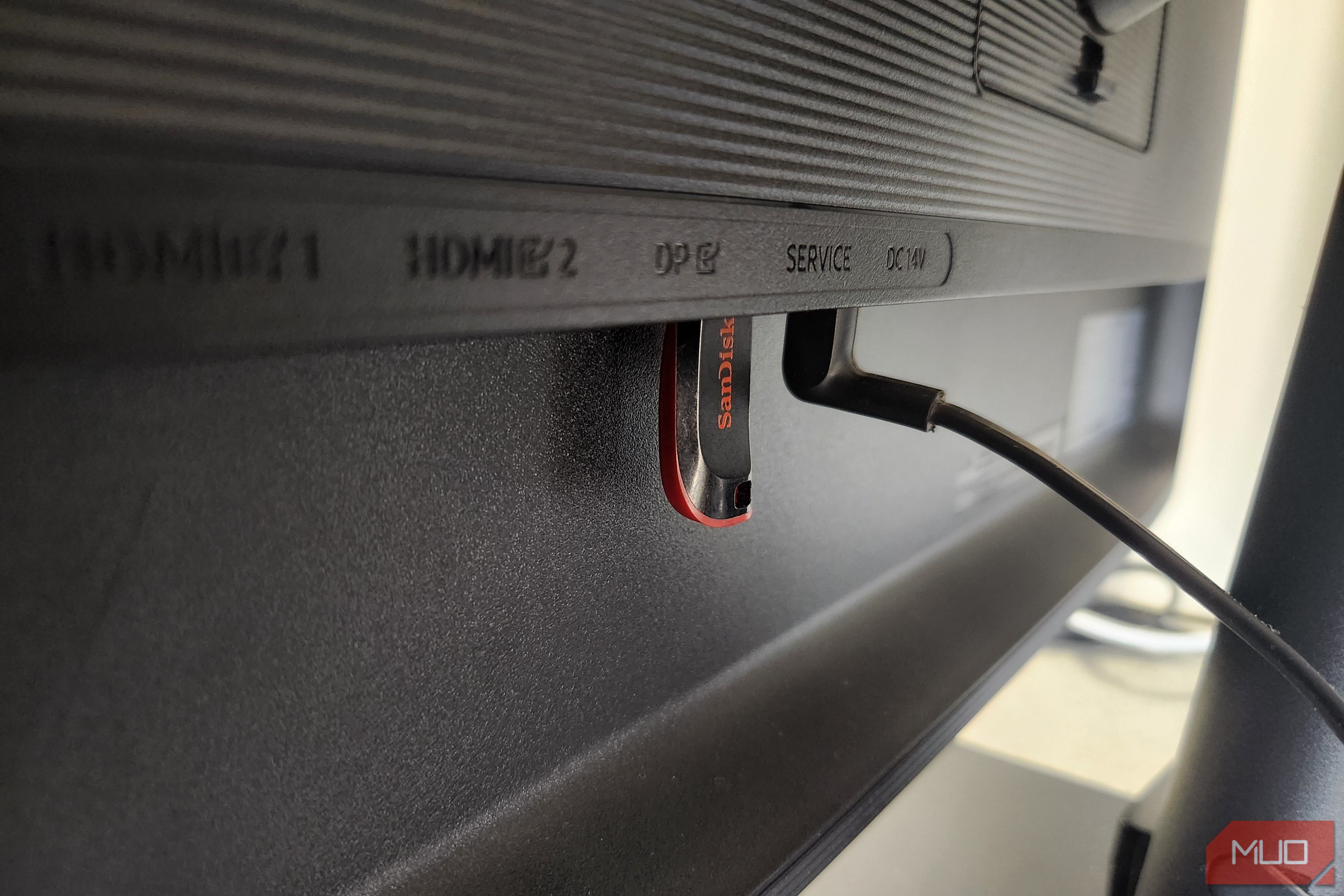
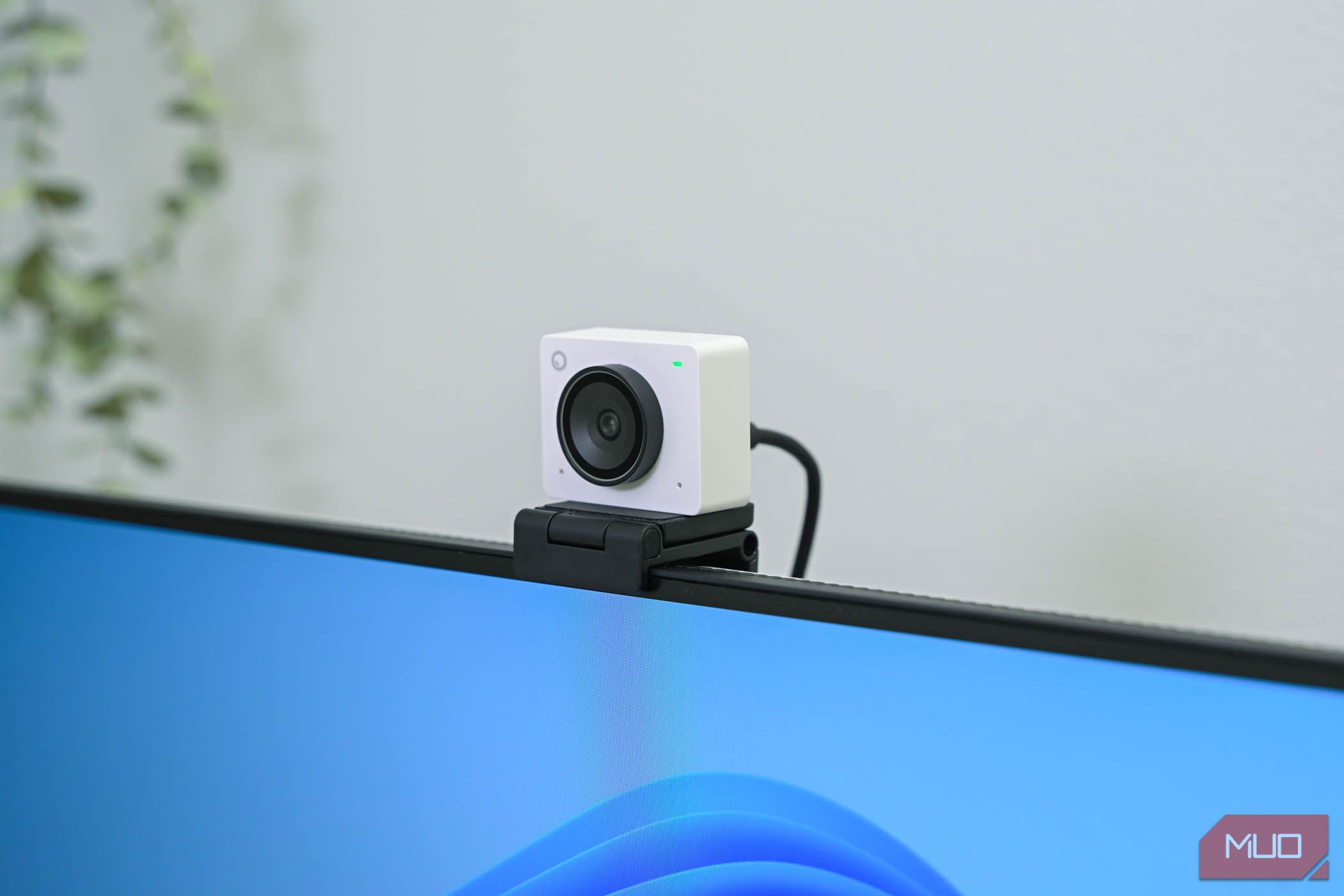
:max_bytes(150000):strip_icc()/SV510M-0806_Combo_Right-Angle-274c9d3adf794da8862d7d36515ebb33.png?w=1174&resize=1174,862&ssl=1)


:max_bytes(150000):strip_icc()/AirPods4loose-8894a9fbcc684983b823f7866b78cf75.jpg?w=1174&resize=1174,862&ssl=1)

Leave a Comment
Your email address will not be published. Required fields are marked *